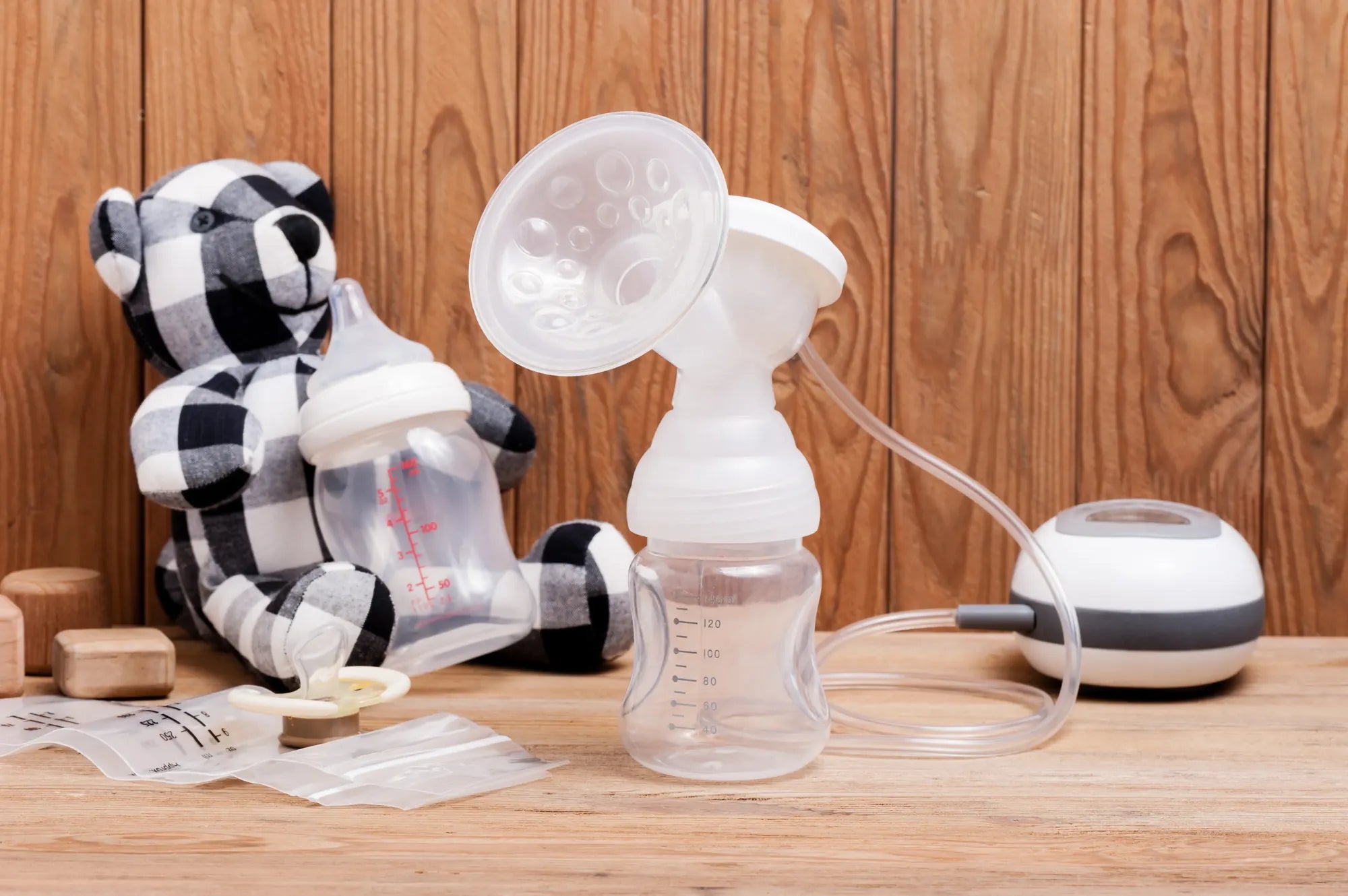Home
Pregnancy, Breastfeeding, and Pumping: The Ultimate Guide for Moms
Is Pumping Breast Milk Safe: A Comprehensive Guide for New Mothers

Is Pumping Breast Milk Safe: A Comprehensive Guide for New Mothers
For new mothers, the decision to pump breast milk often comes with a mix of excitement and uncertainty. Is pumping breast milk safe? This question is at the forefront of many mothers' minds as they navigate the challenges of breastfeeding and expressing milk. The good news is that pumping breast milk is not only safe but also offers numerous benefits for both mother and baby when done correctly. This article delves into the safety aspects, benefits, and best practices of pumping breast milk to help you make informed decisions.
Understanding the Safety of Pumping Breast Milk
Pumping breast milk is generally considered safe when proper hygiene and techniques are followed. The process involves using a breast pump to extract milk from the breasts, which can then be stored and fed to the baby later. However, safety concerns often arise due to improper handling of equipment, contamination risks, and potential impacts on milk supply. To ensure safety, it is crucial to use clean and sterilized equipment, follow recommended storage guidelines, and maintain good personal hygiene.
Benefits of Pumping Breast Milk
Pumping breast milk offers several advantages for both mother and baby. For mothers, it provides flexibility, allowing them to maintain their milk supply while returning to work or managing other responsibilities. It also helps relieve engorgement and can be a solution for mothers with latch issues or those who need to increase milk production. For babies, pumped breast milk retains the same nutritional and immunological benefits as direct breastfeeding, ensuring they receive the essential nutrients needed for growth and development.
Best Practices for Safe Pumping
To ensure the safety and effectiveness of pumping breast milk, follow these best practices:
- Wash your hands thoroughly before handling the breast pump or milk.
- Use a clean and sterilized breast pump and accessories.
- Store expressed milk in clean, BPA-free containers or breast milk storage bags.
- Label milk with the date and time of expression to use the oldest milk first.
- Follow recommended storage guidelines: refrigerate milk for up to 4 days or freeze for up to 6 months.
- Thaw frozen milk in the refrigerator or under warm running water, avoiding microwaves.
Common Concerns and Myths
Many mothers have concerns or misconceptions about pumping breast milk. One common myth is that pumping reduces milk supply. In reality, regular pumping can help maintain or even increase milk production. Another concern is the risk of contamination. While contamination is possible, it can be minimized by following proper hygiene and storage practices. Additionally, some mothers worry about the nutritional quality of pumped milk. Research shows that properly stored breast milk retains its nutritional value and health benefits.
When to Seek Professional Advice
While pumping breast milk is generally safe, there are situations where professional guidance may be necessary. If you experience pain, discomfort, or difficulty while pumping, consult a lactation consultant or healthcare provider. They can help identify and address any issues, such as improper pump fit or technique. Additionally, if you notice changes in your milk supply or your baby's feeding patterns, seek advice to ensure both you and your baby are thriving.
Pumping breast milk is a safe and beneficial option for many mothers, offering flexibility and convenience without compromising the health and nutrition of their babies. By following best practices and addressing concerns proactively, you can confidently incorporate pumping into your breastfeeding journey. Whether you're returning to work, managing other responsibilities, or simply exploring alternative feeding methods, pumping breast milk can be a valuable tool in nurturing your baby's growth and development.
Share

